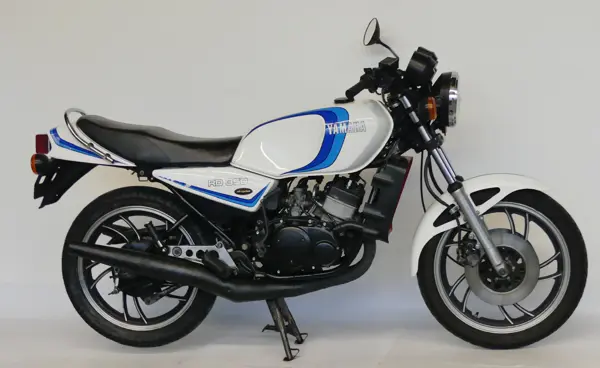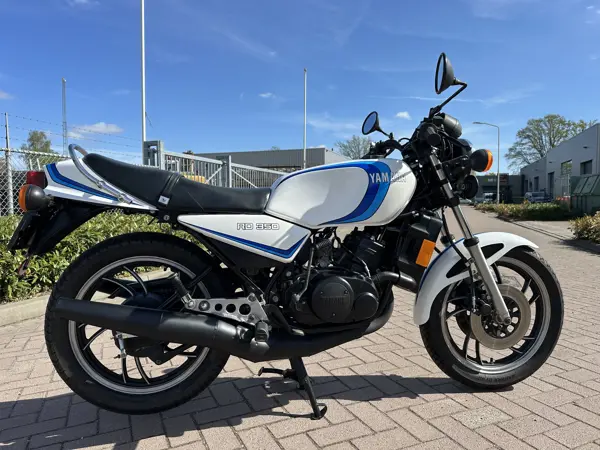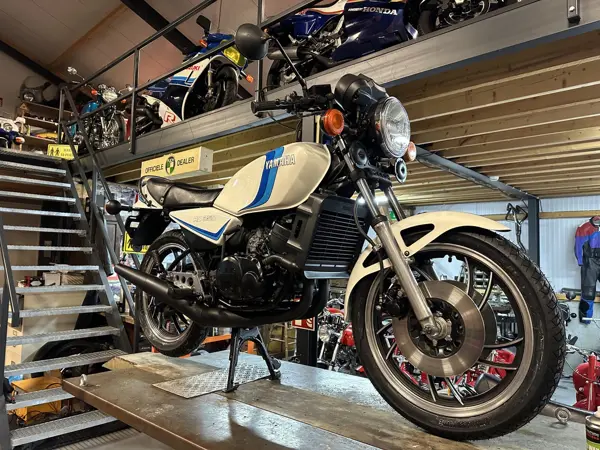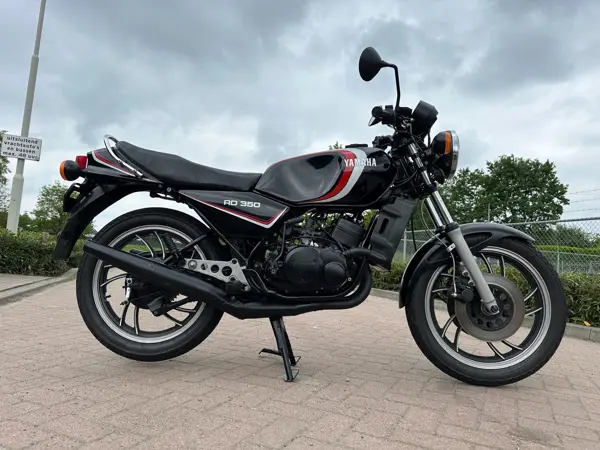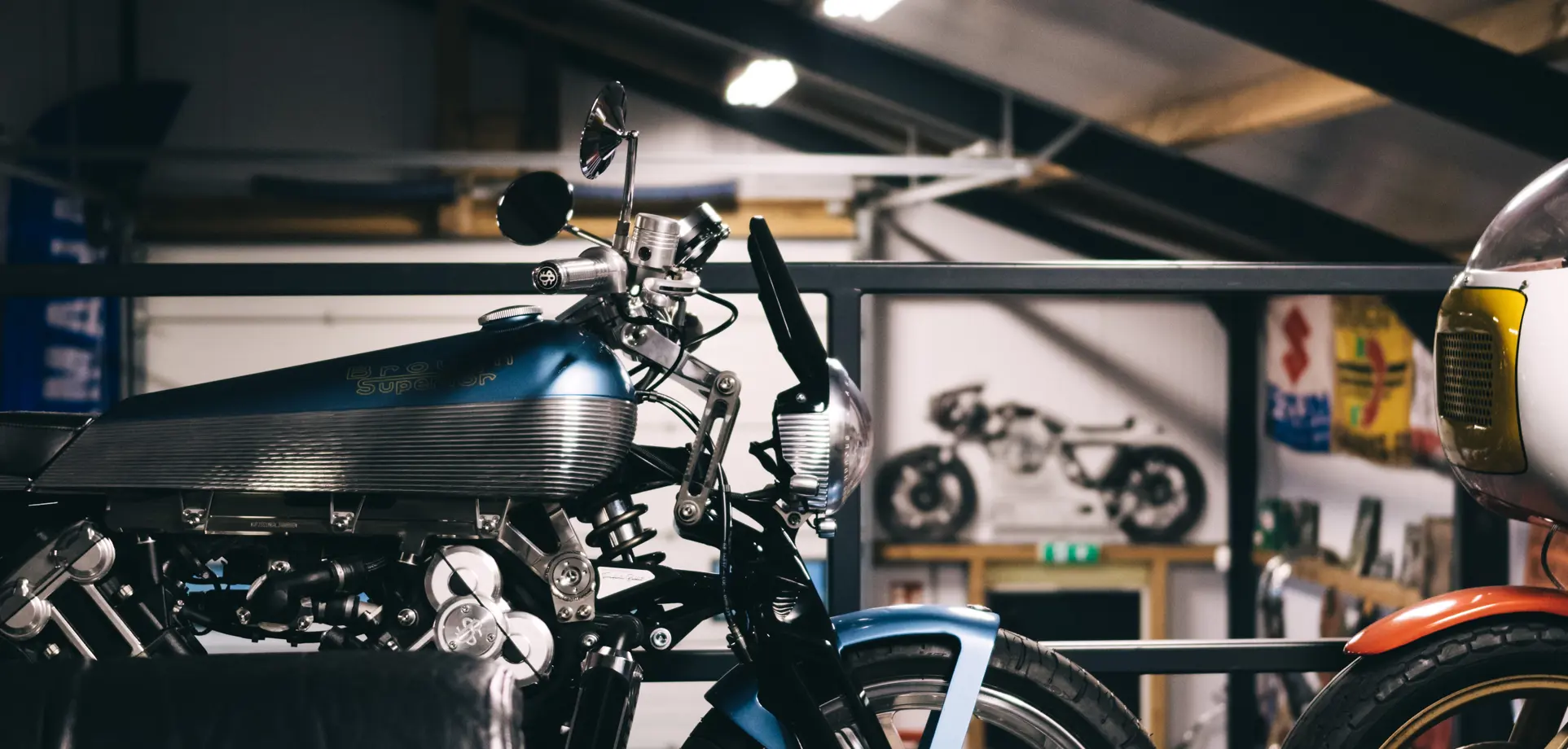An Ode to the 2-Stroke
There are motorcycles… and then there are 2-strokes. Anyone who’s ridden one knows the thrill: that distinctive ring-ding sound, the sweet smell of premix, and the brutal kick when the powerband hits. Addictive, raw, and full of personality. But where did it all begin?
How does a 2-stroke engine work?
Unlike the 4-stroke engine, which needs four piston movements to complete a combustion cycle, a 2-stroke does it in just two. That means more power per cc, fewer moving parts, and a thrilling delivery. No valves, no camshafts — just pure piston magic.
Key moments in 2-stroke history
- 1908 – Early 2-strokes hit the roads. Slow and smoky, but affordable and mechanically simple.
- 50's & 60's – Brands like DKW, Puch, and Zündapp dominate European streets with lightweight and cheap 2-strokes.
- 70's – The golden age: Yamaha’s RD series and Suzuki’s GT750 “Water Buffalo” turn heads. 2-strokes rule the racetracks.
- 80's – Performance peaks. The Yamaha RD500LC, Suzuki RG500, and Honda NS400R bring GP tech to the streets.
- 90's and beyond – Emission rules push 2-strokes off the roads, but off-road riders still worship them.
Why do we still love them?
- Unpredictably fun: You never quite know when the power hits — but when it does, hold on!
- Light and nimble: Great for twisty roads and wheelie-prone fun.
- Mechanical soul: They demand rider engagement and offer rewarding feedback.
- Sound & smell: That ting-ting-ting and smoky aroma? Irresistible.
Icon status
Today, classic 2-strokes are highly sought after. From the A to the Vespa SS90 and Honda NSR250, they’re not just bikes — they’re time machines.
